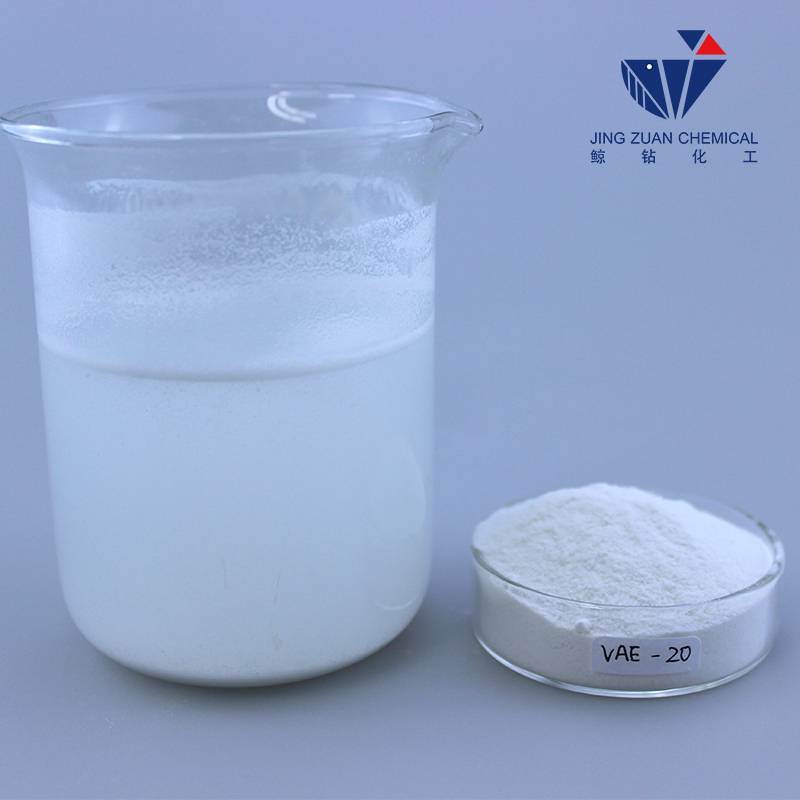
Nov . 23, 2024 08:23 Back to list
hydroxypropyl methyl cellulose side effects
Side Effects of Hydroxypropyl Methylcellulose
Hydroxypropyl methylcellulose (HPMC), a semi-synthetic polymer derived from cellulose, is widely used in various industries, including pharmaceuticals, food, cosmetics, and construction. Its properties, such as water solubility, film-forming ability, and thickening characteristics, make it an invaluable ingredient in many formulations. While HPMC is generally considered safe for use, especially within regulated limits, it is essential to understand its potential side effects and the risks associated with its consumption or application.
Pharmaceutical Applications and Effects
In pharmaceuticals, HPMC is frequently used as an excipient, a substance that facilitates the delivery of active ingredients in medications. It serves as a binding agent, a thickener, and a stabilizer, particularly in oral and topical preparations. Although most individuals tolerate HPMC well, some may experience side effects, especially at higher concentrations or with prolonged exposure. Patients taking medications containing HPMC should monitor for any adverse reactions, such as gastrointestinal discomfort, signs of an allergic reaction, or changes in bowel habits.
Gastrointestinal Issues
One of the more common side effects associated with HPMC is gastrointestinal distress. This can manifest as bloating, gas, or abdominal cramps. Some users may find that the thickening properties of HPMC alter their digestive process, leading to constipation or altered bowel movements. For those sensitive to dietary fibers, it is advisable to introduce products containing HPMC gradually to minimize these effects. Adequate hydration is also crucial when consuming fiber-rich products, including HPMC-based formulas.
Allergic Reactions
hydroxypropyl methyl cellulose side effects

Though rare, allergic reactions to HPMC can occur. Symptoms may include itching, rash, swelling, or trouble breathing. Individuals with a known sensitivity to cellulose derivatives should exercise caution when using products containing HPMC. If an allergic reaction is suspected, it is imperative to seek medical attention immediately. Patch testing prior to extensive use of HPMC-containing topical products is recommended for highly sensitive individuals.
Skin Irritation
For topical applications, such as in cosmetic formulations, HPMC is generally regarded as safe; however, some users may experience skin irritation. This can be due to the concentration of HPMC, the presence of other ingredients, or personal skin sensitivities. It is essential to conduct a patch test before widespread application. Anyone experiencing redness, itching, or irritation from a product containing HPMC should discontinue use and consult a dermatologist.
Long-term Use Concerns
While short-term use of HPMC products is widely accepted, the long-term effects of high-dose consumption or exposure remain less thoroughly studied. Some concerns have been raised regarding the potential for chronic exposure to additives in the body, leading to complications or interactions with other medications. Long-term users of HPMC should consider regular evaluations by healthcare professionals to monitor for any adverse effects.
Conclusion
Hydroxypropyl methylcellulose is an extensively used ingredient across many sectors, valued for its functional properties and versatility. While it is generally deemed safe, users should be vigilant about the potential side effects, particularly gastrointestinal complaints, allergic reactions, and skin irritations. Those interested in using HPMC-containing products should start with smaller quantities and consult healthcare professionals, especially if they have pre-existing conditions or are pregnant. Understanding the potential risks and benefits of HPMC can help ensure a safe and effective experience with this widely utilized compound. As with any additive, informed use is key to minimizing risks and maximizing health benefits.
-
Versatile Hpmc Uses in Different Industries
NewsJun.19,2025
-
Redispersible Powder's Role in Enhancing Durability of Construction Products
NewsJun.19,2025
-
Hydroxyethyl Cellulose Applications Driving Green Industrial Processes
NewsJun.19,2025
-
Exploring Different Redispersible Polymer Powder
NewsJun.19,2025
-
Choosing the Right Mortar Bonding Agent
NewsJun.19,2025
-
Applications and Significance of China Hpmc in Modern Industries
NewsJun.19,2025







